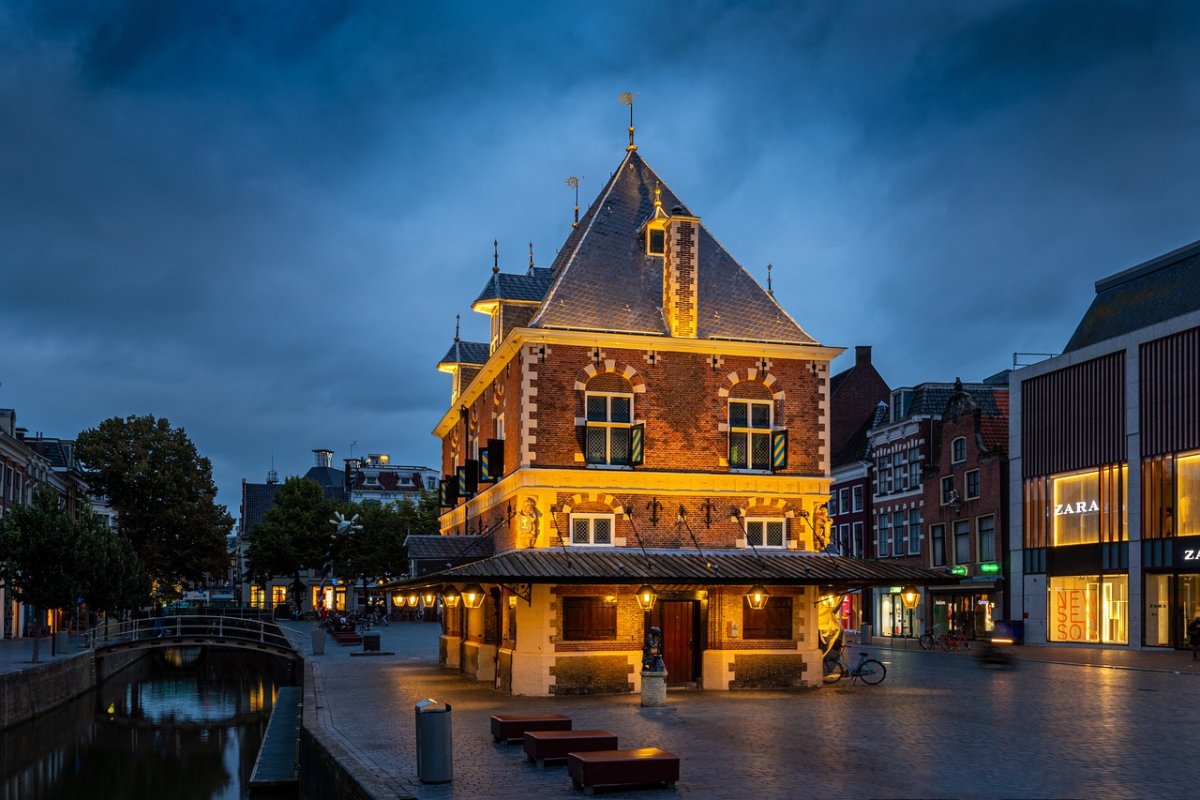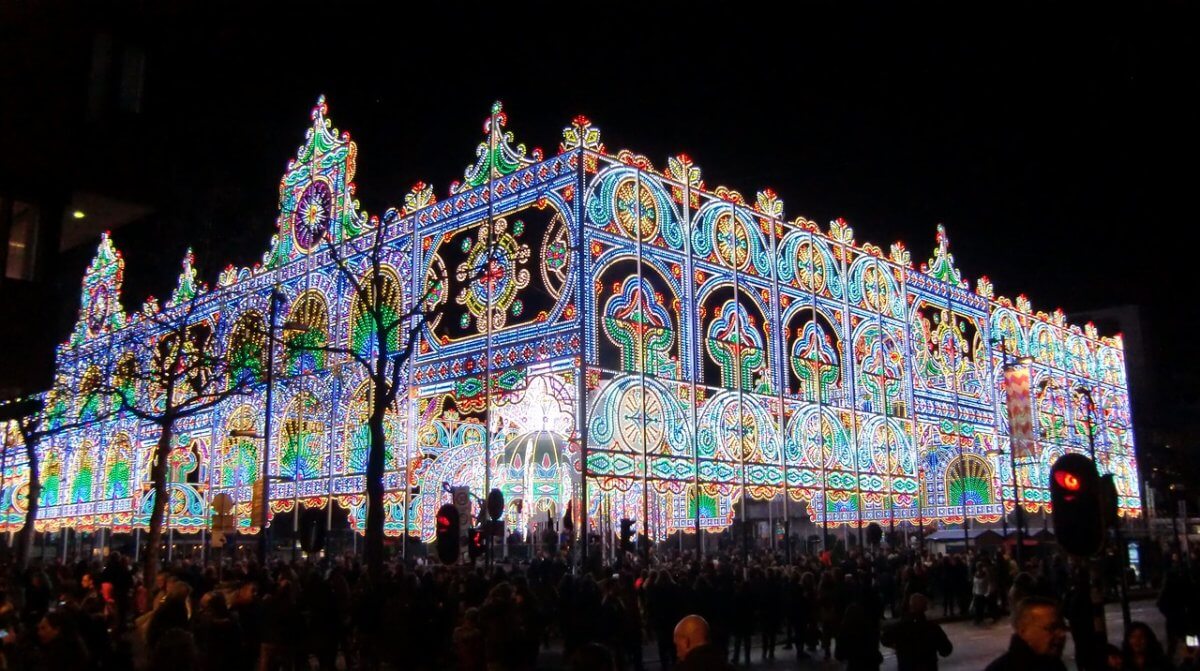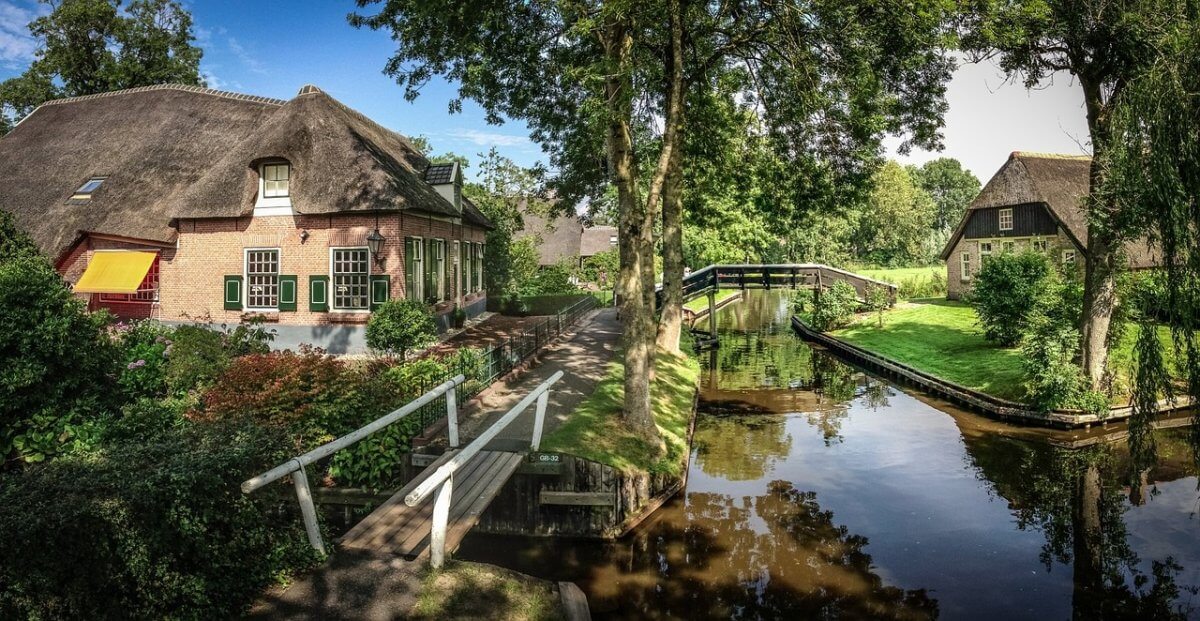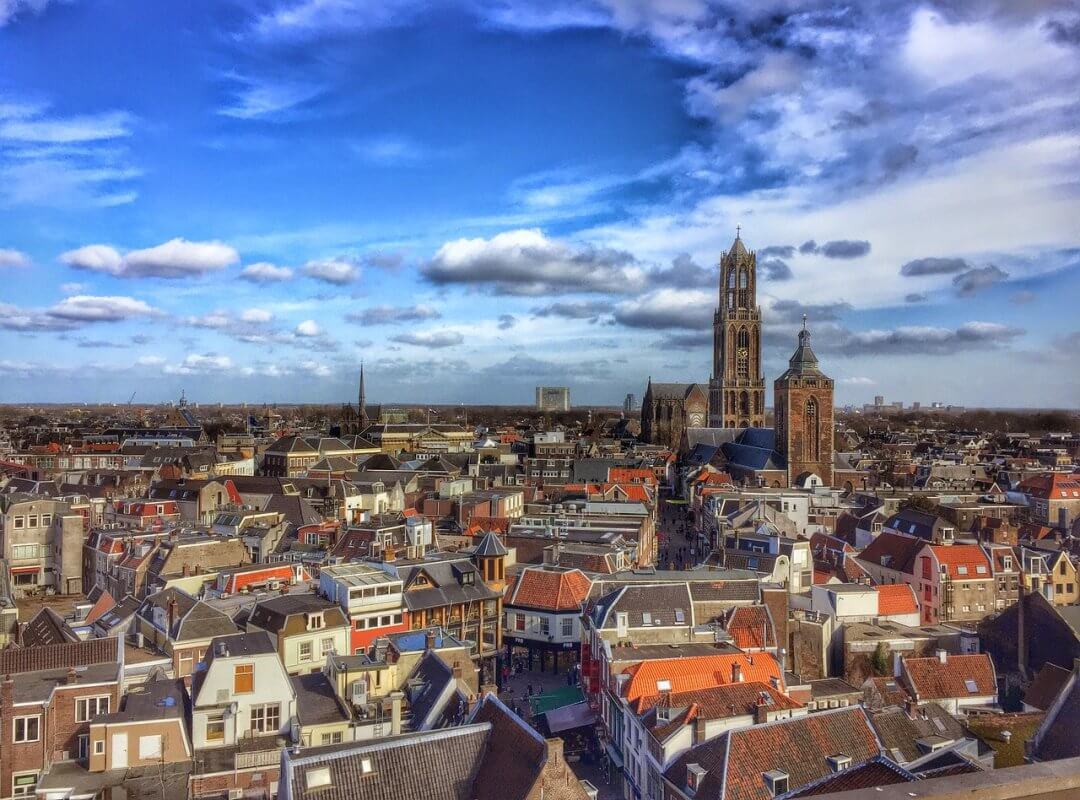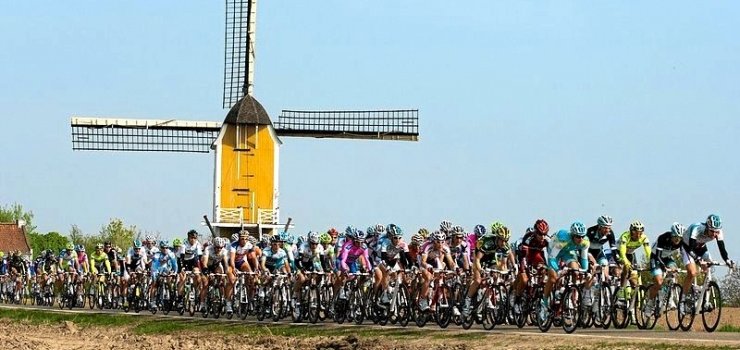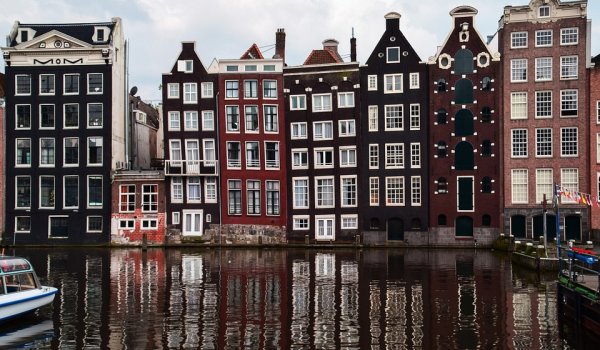Cycling in the Netherlands can be traced back to the early 19th century when the first bicycles, known as “draisines” or hobby horses, were introduced.
These early bikes had no pedals and were propelled by pushing off the ground with your feet.
In the 1860s, the pedal-powered bicycle, as we know it today, was introduced, making cycling a more practical mode of transportation.
As the 20th century progressed, cycling became increasingly popular for daily transportation.
The flat landscape of the Netherlands, along with its compact cities and towns, made cycling an attractive and efficient mode of getting around.
In the 1970s, the Dutch government began investing in cycling infrastructure, such as dedicated bike lanes and bike-friendly urban planning.
This effort resulted in the development of an extensive network of bike paths and the construction of bicycle parking facilities at train stations.
The Netherlands is now widely regarded as one of the most bike-friendly nations in the world.
Dutch cities, including Amsterdam and Utrecht, consistently rank among the top cities for cycling.
Cycling tourism is also a thriving industry, with tourists from around the world coming to explore the picturesque Dutch countryside on two wheels.

